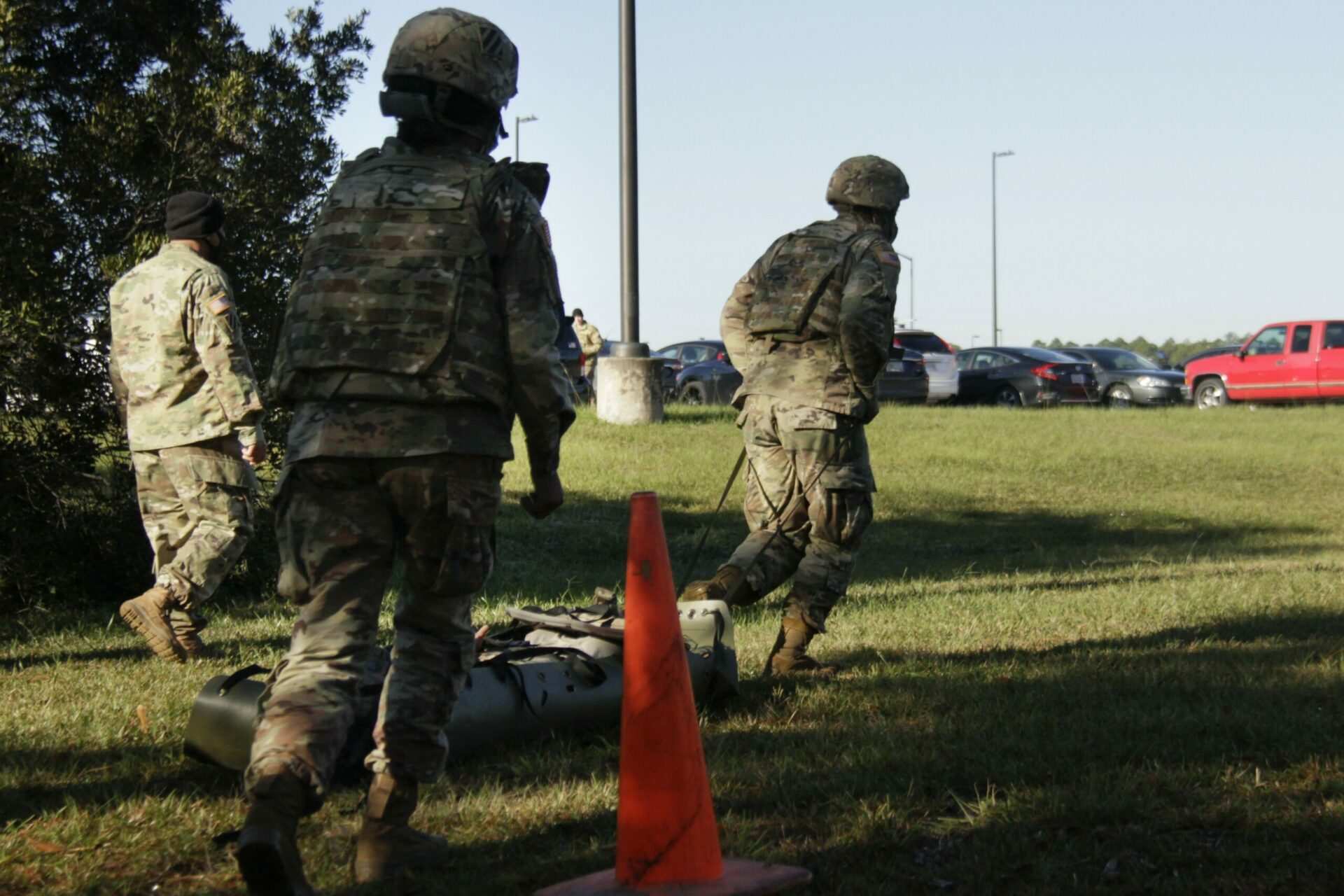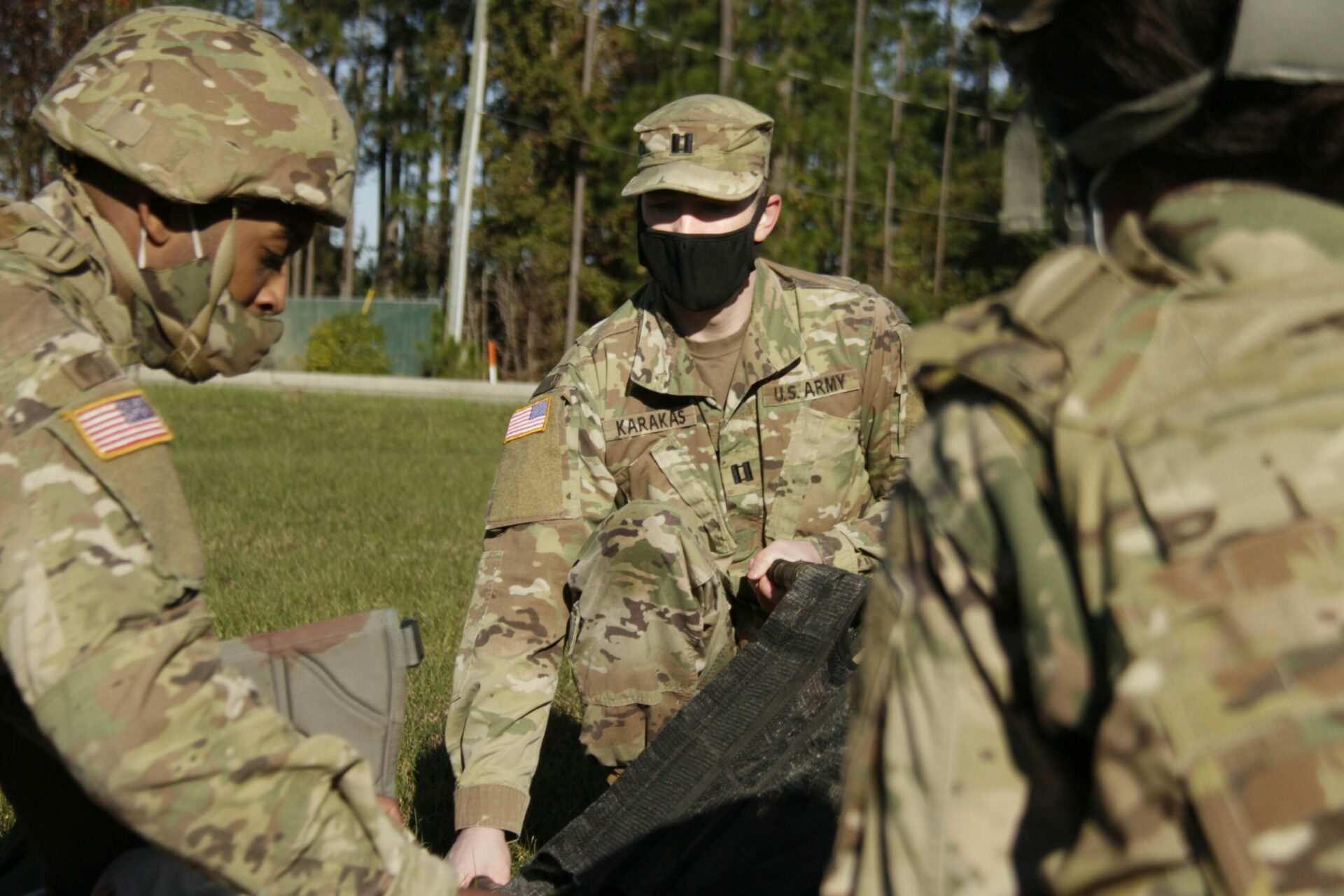This article was originally published by the U.S. Army.
The Medical Simulation Training Center hosted training on a female trauma mannequin at Fort Stewart, Georgia, from Nov. 30 to Dec. 3.
Soldiers that participated in the training were combat life savers, combat medics and physician assistants. The goal of the exercise was to assess the capabilities of a female trauma mannequin against a wide range of Tactical Combat Casualty Care (TC3) procedures and for Soldiers to provide feedback about their experience.

“We are assessing the prototype,” said Lt. Col. Rickardo Christopher, the product manager of medical simulation for the Program Executive Office for Simulation, Training, and Instrumentation (PEO STRI). “Our first thing is to find out exactly the good, the bad and what needs improvement. Once we do that, our plan is to go ahead and do research and analysis.”
According to the Office of the Under Secretary of Defense, Personnel and Readiness Report, the rise in females enlisting in all services rose from 16 percent in 2009 to 18.3 percent in 2016. Taking in account the rise in enlisting females, the new mannequin offers possible training for Soldiers on multiple trauma wounds, interchanging and creating multiple trauma scenarios specific to the female anatomy.

Soldiers performed a needle chest decompression and a chest seal. In order to perform procedures, Soldiers removed clothing from the mannequin’s torso and felt around the breast for the entry wound and applied a chest seal.
Female mannequins prepare Soldiers for real life battlefield scenarios and ensure readiness to react quickly when needed.

“Soldiers need to be aware that they could be dealing with a female Soldier on the battlefield,” said Dr. Bill Pike PhD, a science and technology manager with the Simulation and training technology Center (STTC). “When that time comes, they need to be prepared for anatomical differences.”
Having Soldiers test and provide accurate feedback is helping the improvements of the mannequin’s functionality. Even though the female mannequin is still in it’s beginning stages,The Medical Simulation Training Center is hoping to have a viable product in the year 2022 or 2023.
“There are a lot of medical gaps that we’re looking to close by incorporating upgrades and advancing development to the female mannequin,” said Christopher. “This is a bridge between the current and the synthetic training environment”



